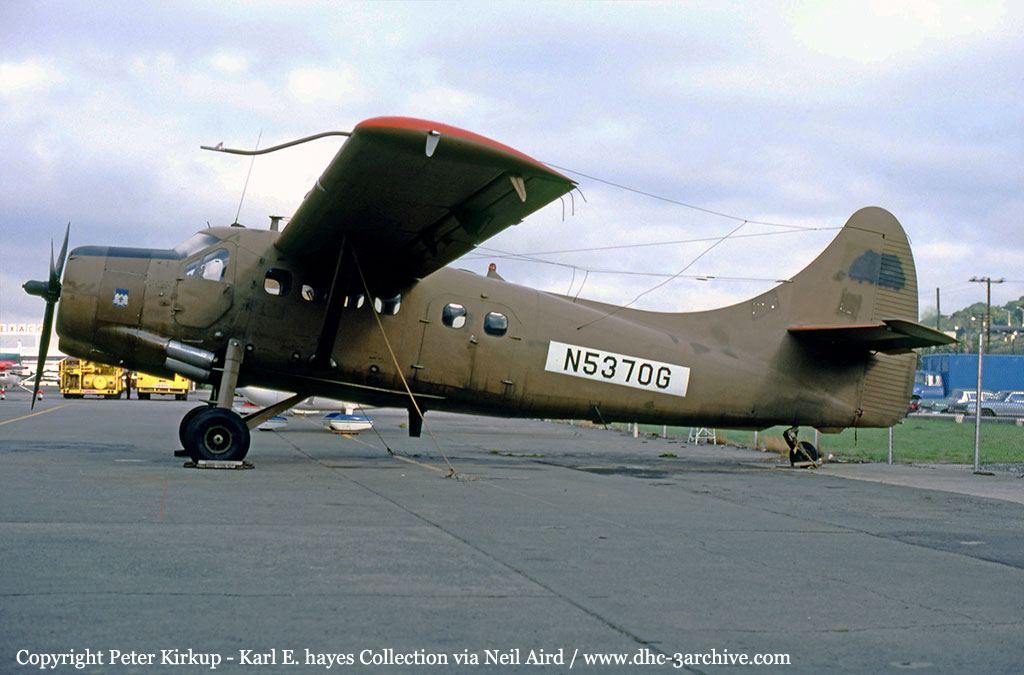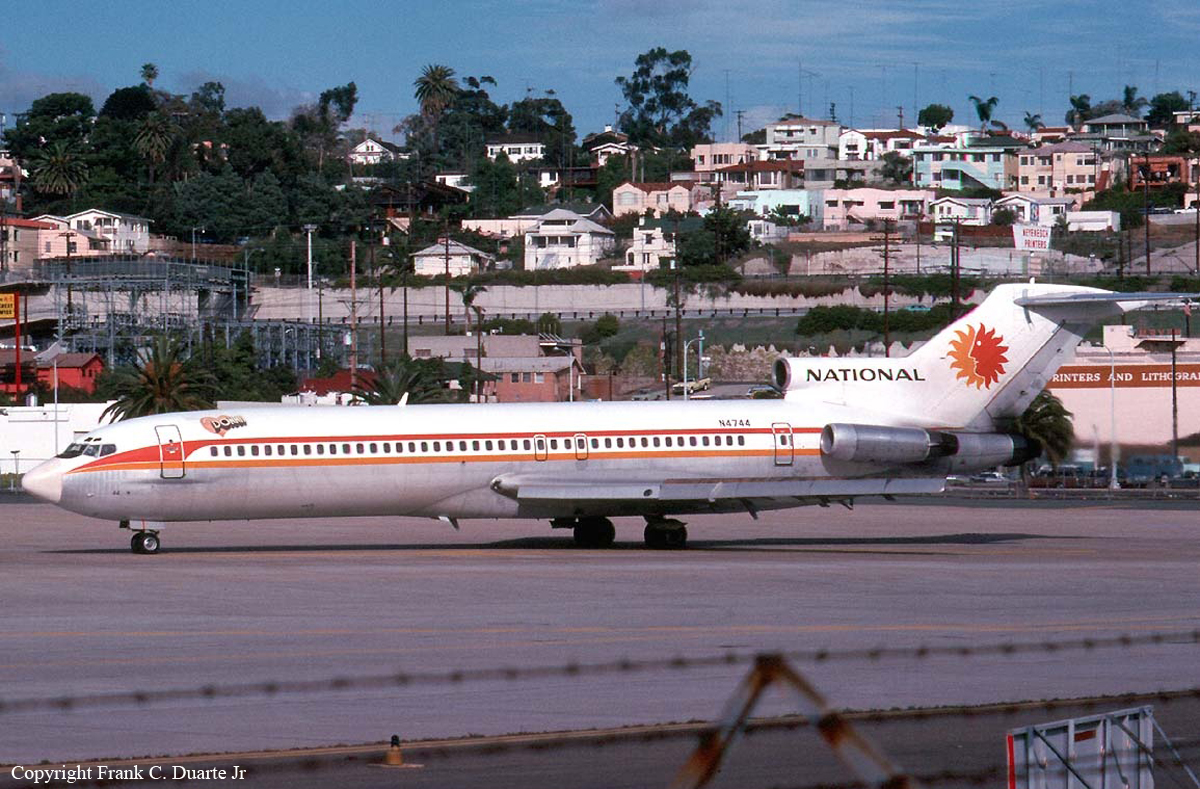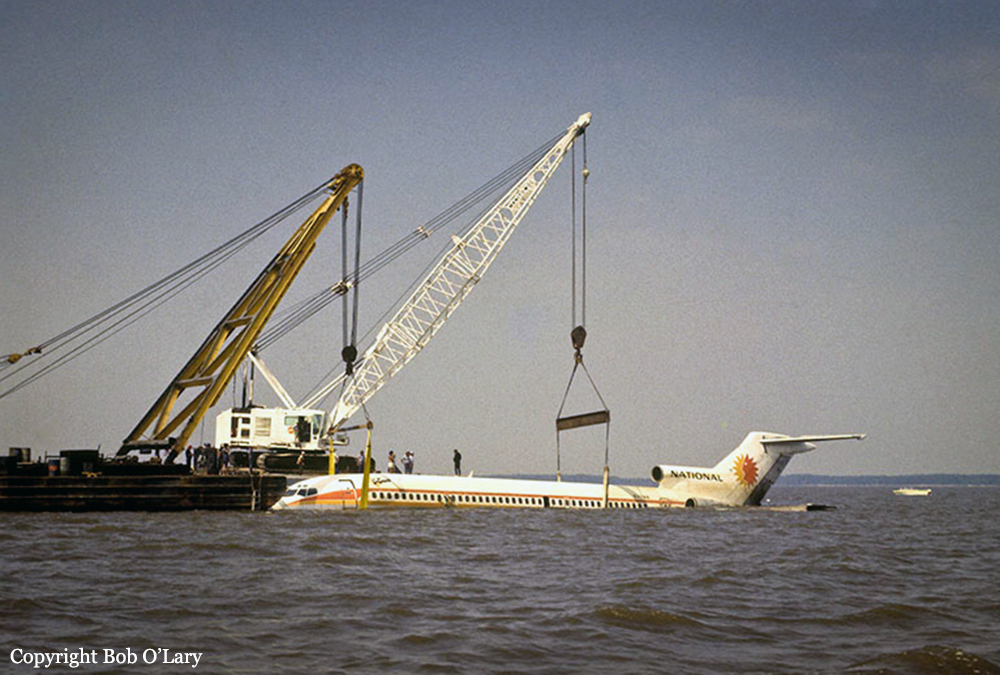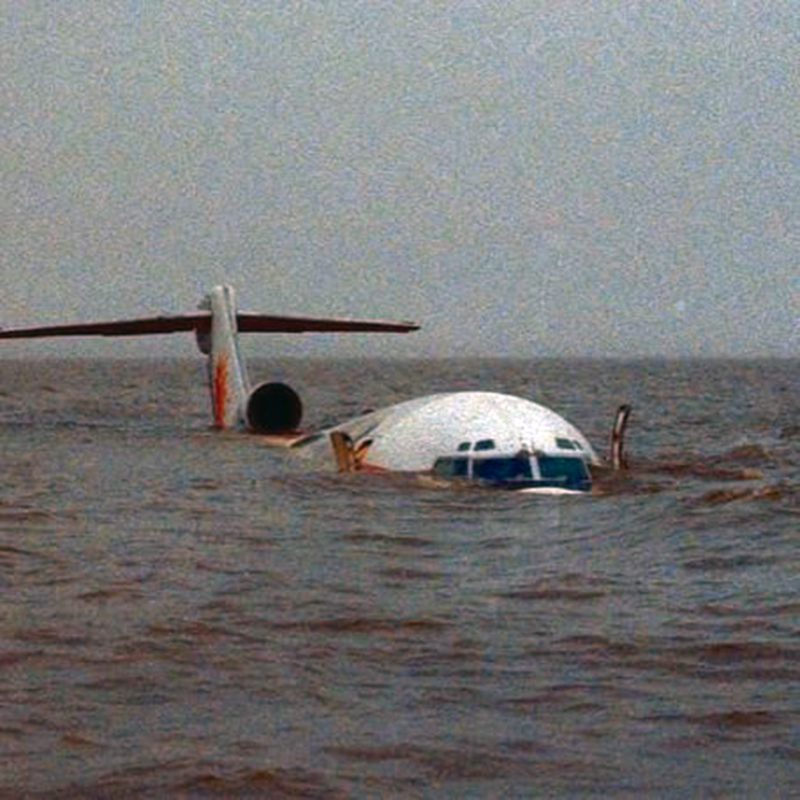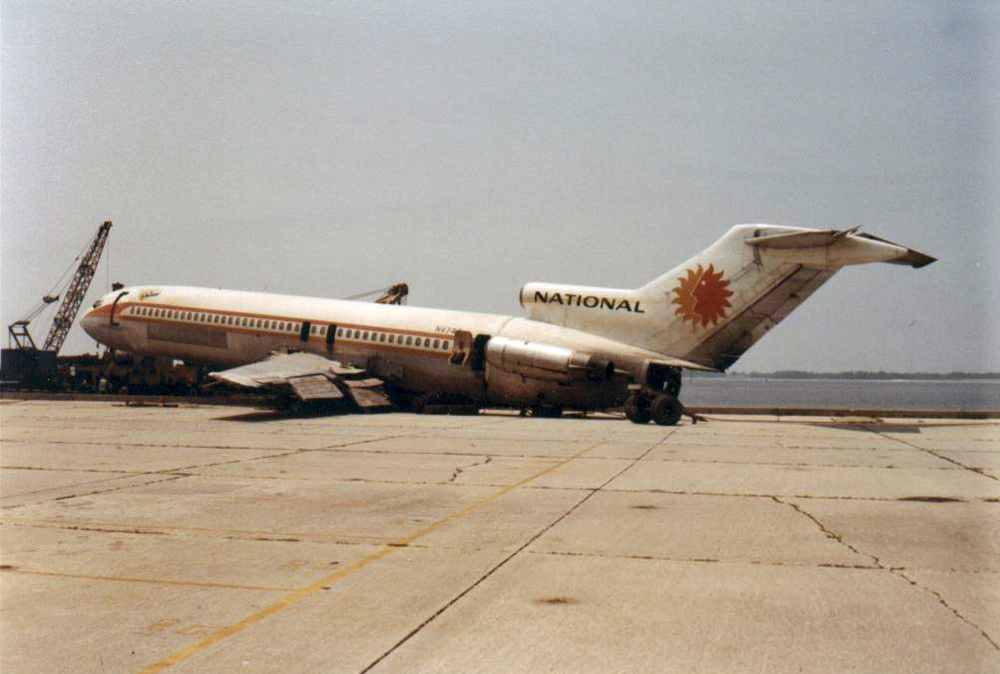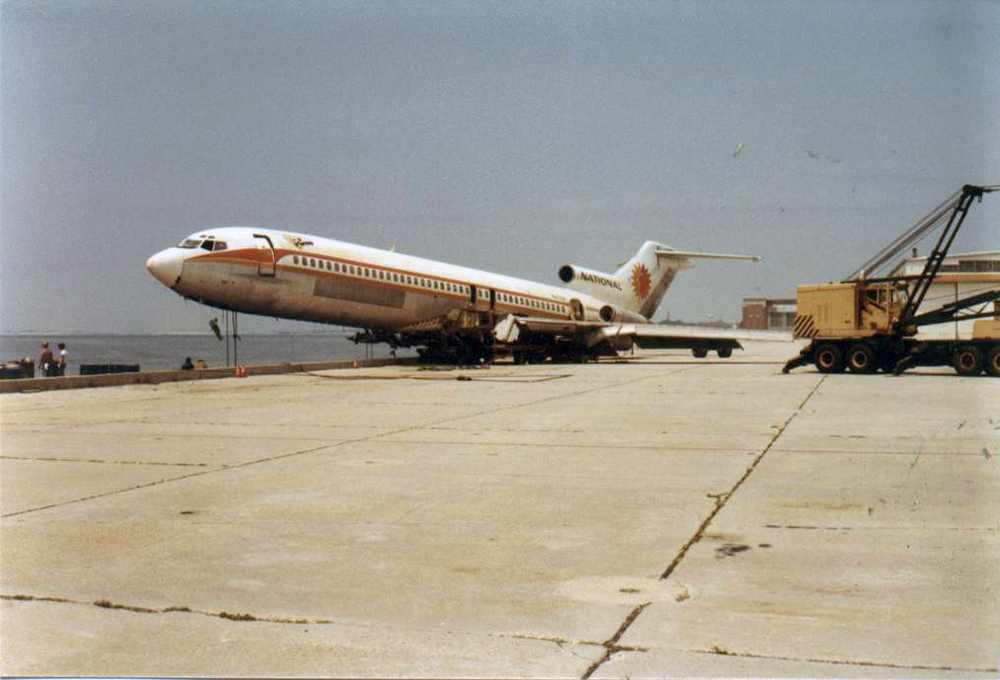Crash of a Cessna 402B in Alexandria: 1 killed
Date & Time:
May 19, 1978 at 2250 LT
Registration:
N87143
Survivors:
Yes
Schedule:
Saint Louis - Alexandria - Grand Forks
MSN:
402B-1001
YOM:
1975
Crew on board:
1
Crew fatalities:
Pax on board:
1
Pax fatalities:
Other fatalities:
Total fatalities:
1
Captain / Total hours on type:
30.00
Circumstances:
While on a night approach to Alexandria-Municipal Airport in foggy conditions, the twin engine airplane struck trees and crashed. The pilot was killed and the passenger was seriously injured.
Probable cause:
Collision with trees during a missed approach due to improper IFR operation. The following contributing factors were reported:
- Fog,
- Low ceiling,
- Visibility 3 miles or less.
- Fog,
- Low ceiling,
- Visibility 3 miles or less.
Final Report:









